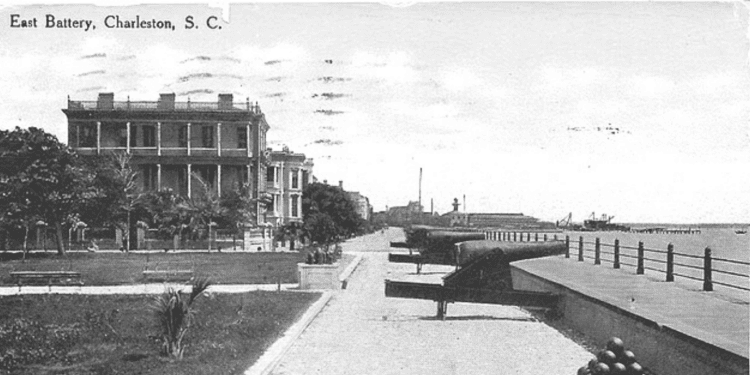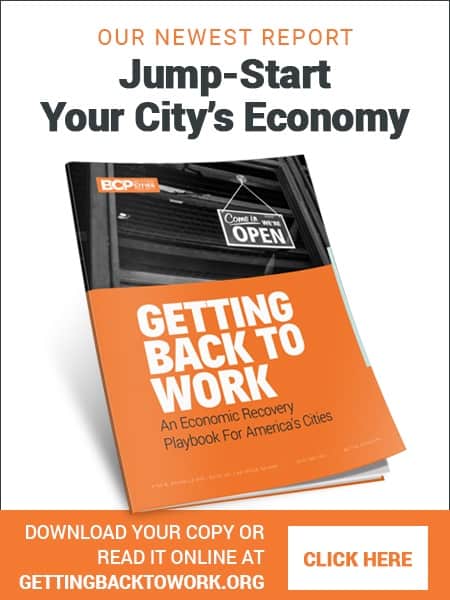The City of Charleston is considering new legislation that would deregulate accessory dwelling units in hopes of increasing the supply of affordable housing in the city. Also known as carriage houses or mother-in-law suites, accessory dwelling units are small structures that are built in the backyards of homes, and they can be a great source of affordable housing for those in need.
The initiative, which was proposed by Councilmember Ross Appel two weeks ago, would remove red tape that is currently presenting a significant barrier for building this kind of housing. The ironic part is that the regulation which is primarily to blame for stopping the creation of these units was passed specifically to make these units more accessible.
“The city is looking at taking away a rule that requires these buildings to be affordable for 30 years,” WCSC reports, “which, Appel says, has been an obstacle for developers and homeowners.”
“We don’t want people to be artificially limited in terms of what they can charge,” Appel said. “The affordability requirement was a good-intended measure, but actually, that’s been currently in effect for the past year and a half, and we haven’t had a single accessory dwelling unit permitted since that time.”
Put simply, the affordability requirement backfired big time. Its goal was to make new accessory dwelling units more affordable, but by restricting the price people could charge it actually made them so unprofitable that people just stopped building them altogether. For all practical purposes, new accessory dwelling units might as well have been banned.
The implications are not hard to tease out. With no new accessory dwelling units to live in, people have been forced to bid up other kinds of housing, which has no doubt contributed to soaring housing prices. This is why Appel is eager to repeal this rule. He knows that building more supply is the key to bringing prices down, and he knows that regulations like this have been getting in the way of that process.
There’s a maxim in economics that this story highlights: the solution to high prices is high prices. The reasoning goes as follows. When a good like housing becomes scarce, prices naturally rise. But as prices rise, producers see an opportunity for profit and begin expanding the supply. Then, as additional supply comes to market, prices begin to fall.
But consider what happens if we disrupt this process. If we don’t allow prices to rise, if we insist that all new units have to be “affordable” according to some arbitrary standard, then there’s no incentive for developers to bring in new supply. This creates a shortage of accessory dwelling units, which leads to higher prices for other kinds of housing, many of which were already more expensive to begin with.
If we don’t allow prices to rise, if we insist that all new units have to be “affordable” according to some arbitrary standard, then there’s no incentive for developers to bring in new supply.
The point is, by forcing prices down below the market rate we actually hamper the solution. Rather than becoming affordable, new accessory dwelling units become nonexistent. And the housing that does exist becomes far less affordable because the supply of housing in general is being constrained. The result is that the poor don’t have as much access to affordable housing as they could have had.
This phenomenon is hardly limited to housing, however. In his essay Middle-of-the-Road Policy Leads to Socialism, the economist Ludwig von Mises points out that shortages inevitably arise whenever price controls like this are put in place. “The government believes that the price of a definite commodity, e.g., milk, is too high,” he writes. “It wants to make it possible for the poor to give their children more milk. Thus it resorts to a price ceiling and fixes the price of milk at a lower rate than that prevailing on the free market.”
The problem, Mises points out, is that producers are not willing to produce milk at this lower rate, because they can’t do so profitably. Thus, less milk is produced.
“As no individual farmer or businessman can go on producing at a loss,” Mises continues, “these marginal producers stop producing and selling milk on the market. They will use their cows and their skill for other more profitable purposes. They will, for example, produce butter, cheese or meat. There will be less milk available for the consumers, not more.”
The result is that the policy backfires. The very actions that were supposed to make the situation better actually make it worse. “The measure proves abortive from the very point of view of the government and the groups it was eager to favor,” Mises concludes. “It brings about a state of affairs, which—again from the point of view of the government—is even less desirable than the previous state of affairs which it was designed to improve.” In short, it hurts the people it was supposed to help.
Applying this logic to the topic of housing, the economists Milton Friedman and George Stigler point out that policymakers are faced with a choice between roofs and ceilings. You can have more roofs (homes) or you can have price ceilings, but you can’t have both.
Charleston’s affordability requirement was, in Appel’s words, “a good-intended measure.” But as Milton Friedman famously noted, “one of the great mistakes is to judge policies and programs by their intentions rather than their results.”
The fact is, this policy has produced terrible results. Results that, quite frankly, should have been foreseen. So rather than continuing with this misguided measure, Charleston would be wise to learn from its mistakes and remove these affordability requirements that are contributing to their housing crisis.
The good news is, if they do follow through with this, they may quickly become an example to other cities of how deregulation can help address the growing need for affordable housing.









